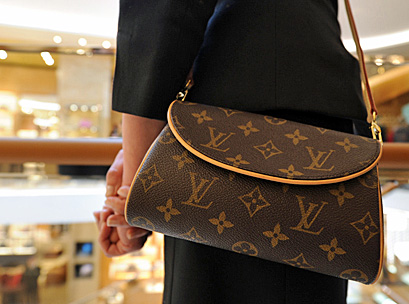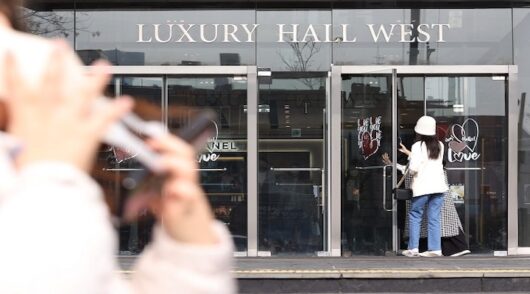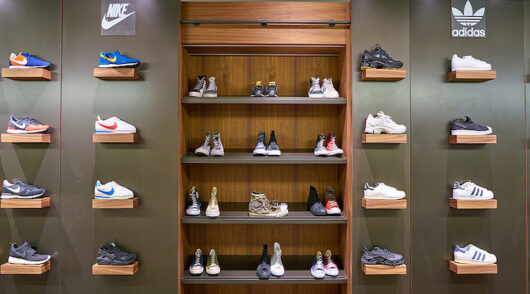Mainland China’s luxury goods market growth has slowed from seven per cent in 2012 to just two per cent in 2013.
That’s according to the findings of Bain & Company, which says mainland China is entering a new era of luxury cool-down.
Chinese shoppers now do two-thirds of their luxury shopping abroad, triggering slowdowns in store traffic and new domestic store openings.
At the same time, consumption in China is also shifting, with women’s categories and fashion becoming more prominent, as a result of Chinese shoppers becoming more sophisticated.
These shifts are an extension of trends that began at the end of 2012; they are creating new imperatives for brands as they reexamine their operations in China from pricing, to customer relationships, to fashion content, and to local talent management, said Bain.
Several factors have generated this cooling of China’s previously exuberant luxury market domestically. The highly visible government campaign encouraging frugality and focusing on corruption had a large impact on gifting, which had been one of the major growth drivers of the sector. This campaign especially constrained the growth of luxury watches and men’s categories.
Watches make up over one fifth of the total domestic luxury market, and sales declined 11 per cent in 2013. In addition, menswear shifted from being a growth category in prior years to a slightly declining category in 2013, also affected by the reduction of gifting.
Finally, the cosmetics, perfume, and personal care category, a mainstay of China’s domestic market that generates over one quarter of sales, is down from 15 per cent growth last year to around 10 per cent this year.
Bain does, however, find bright spots in China’s domestic sales in women’s categories: womenswear and shoes show strong momentum, with growth rates for the year ranging from eight to 10 per cent. Much of this performance stems from women’s increasing sophistication and influence, which has driven men’s and women’s share of luxury spending in China to equal levels in 2013, a rapid evolution from a starting point of over 90 per cent spending by men in 1995.
“China’s luxury market has quickly changed from land-grab to steady focus on consumer experience and ‘like for like’ sales,” said Bruno Lannes, a Bain partner in Greater China.
“The mindset among global brands here is changing from men’s categories and accessories to women’s categories and fashion. Brands are preparing for this major shift.”
Bain says store expansion is no longer enough to drive growth. The number of new openings by global brands in China declined by one-third this year to roughly 100 from 150 last year for the 20 brands in the study. The new focus for most brands is now renovation, relocation and operational improvement for domestic shoppers, as “like for like” sales have been negative for most brands in 2013.
Also, consumer segments are now more complex. For example, in first-tier cities, as Chinese shoppers become more sophisticated, they realise that the only way to show their uniqueness and personality is through fashion with personalised mix and match, not with accessories that everybody can wear. These shoppers are different to the more traditional shopper in second- and third-tier cities. Reaching these diverse segments forces brands to be more nuanced in their approach to shoppers and in their offering than ever before.
Marketing and sales channels are quickly shifting as well. Seventy-three per cent of consumers use the Internet (company websites, news websites, microblogs, mobile apps, etc.) to get information about luxury goods purchases before they buy. Chinese shoppers are extremely well informed. In addition, nearly 60 per cent of consumers have made at least some luxury purchases through parallel channels known as “DaiGou” (via overseas contacts, via Taobao, or via other professional buyer agencies and websites) rather than from brands or department stores. Half of those who have not purchased this way would consider it in the future.
Bain also says the market is polarising at the highest and lowest ends of the luxury products spectrum. For example, in handbags, 25 per cent of models from luxury brands fall under 5000 yuan, while 33 per cent fall over 20,000 yuan.
“There are three new imperatives coming from the increased sophistication of Chinese shoppers: changing focus to managing fashion lines, merchandising and inventory; tailoring customer strategies to multiple segments; and, training store staff to provide the best customer experience for these diverse and increasingly more sophisticated Chinese shoppers,” said Lannes.






